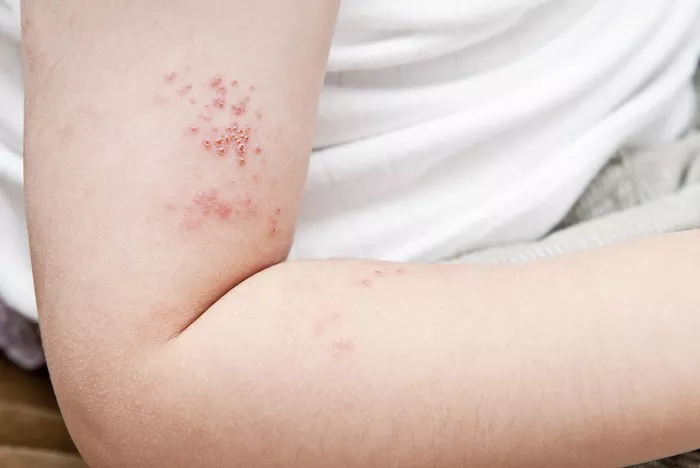Shingles is a painful skin condition caused by the reactivation of the varicella-zoster virus, which also causes chickenpox. One of the most distinctive features of shingles is the blister stage. In this article, we will explore how long this stage lasts, what to expect, and how to manage the symptoms.
Understanding Shingles
Before we delve into the blister stage, it’s essential to understand what shingles is. Shingles occurs when the dormant varicella-zoster virus in your body becomes active again, often many years after having chickenpox. This condition primarily affects adults and older adults but can occur at any age.
Symptoms of Shingles
The initial symptoms of shingles can vary but often include:
Pain or burning sensation: This usually occurs in a localized area before any rash appears.
Red rash: The rash typically appears a few days after the pain starts.
Blisters: These form on the rash and can be filled with fluid.
Itching or tingling: These sensations often accompany the rash.
The Blister Stage of Shingles
The blister stage is one of the most critical phases of shingles. Understanding this stage helps manage the condition effectively.
When Does the Blister Stage Begin?
The blister stage usually starts about 3 to 5 days after the rash appears. At this point, small fluid-filled blisters develop on the skin. These blisters can be quite painful and are often sensitive to touch.
How Long Does the Blister Stage Last?
The blister stage of shingles typically lasts 7 to 10 days. However, several factors can influence the duration:
- Individual health: A person’s overall health and immune system function can affect how quickly the body heals.
- Age: Older adults may experience a longer blister stage compared to younger individuals.
- Treatment: Early and effective treatment can shorten the duration of the blister stage.
What Happens During the Blister Stage?
During this stage, the blisters will undergo several changes:
Formation: The blisters begin as small red bumps, which then fill with fluid.
Expansion: They may cluster together, creating larger blisters.
Crusting: After about 7 to 10 days, the blisters begin to crust over, indicating the healing process.
Signs of Complications
While most people experience a typical course of shingles, complications can arise. It’s important to monitor for signs that may indicate complications:
Infection: If the blisters become increasingly red, warm, or filled with pus, it could indicate a secondary bacterial infection.
Vision issues: If shingles affects the eye (ophthalmic shingles), it can lead to serious complications. Look out for symptoms like redness, pain, or blurred vision.
Severe pain: If the pain becomes unbearable or worsens, it may be a sign of postherpetic neuralgia (PHN), a condition that can occur after the blisters heal.
Managing Symptoms During the Blister Stage
Managing shingles can help reduce discomfort and promote healing during the blister stage. Here are some effective strategies:
Medication
- Antiviral Drugs: Medications like acyclovir, valacyclovir, or famciclovir can help reduce the duration and severity of shingles if taken early.
- Pain Relief: Over-the-counter pain relievers like ibuprofen or acetaminophen can help manage pain and discomfort.
- Topical Treatments: Calamine lotion or lidocaine patches can soothe the affected area.
Home Care
- Keep the Area Clean: Gently wash the blisters with mild soap and water to prevent infection.
- Avoid Scratching: Scratching can lead to infection and may prolong healing.
- Wear Loose Clothing: This can help reduce irritation around the blistered area.
Preventing Future Outbreaks
While shingles can be challenging, there are steps to help prevent future outbreaks:
- Vaccination: The shingles vaccine can significantly reduce the risk of developing shingles. It’s recommended for adults over 50.
- Healthy Lifestyle: Maintaining a healthy lifestyle with a balanced diet, regular exercise, and sufficient sleep can boost your immune system.
When to See a Doctor
Consult a healthcare professional if you experience:
Severe symptoms: If your symptoms are intense or unmanageable.
Eye involvement: If you notice any issues with your vision.
Signs of infection: If you see increased redness, swelling, or pus.
Conclusion
The blister stage of shingles is an uncomfortable yet crucial part of the healing process. Typically lasting 7 to 10 days, this stage can cause significant discomfort. Understanding the duration, symptoms, and management strategies can help you navigate this challenging condition. Always consult a healthcare provider for personalized advice and treatment options. With proper care and attention, you can manage shingles effectively and minimize its impact on your daily life.
Related topics:


























